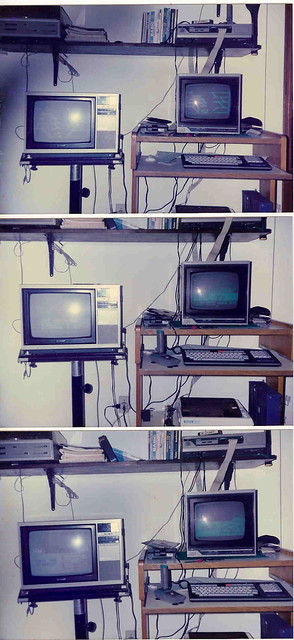 By Guest Author Heather Martin
By Guest Author Heather Martin
Twitter is more complex than expressing love for a sandwich in 140 characters or less. Instead, the platform has evolved into a beast of influence and a tool to look at trends. The more expert users of Twitter have become Social Media Influencers (SMI). What are the traits of the people?
Four prominent social media practitioners were investigated to explore public perceptions. These selected individuals, Brian Solis, Deirdre Breakenridge, Charlene Li and Jeremiah Owyang, work in the public relations field or deal with the social interactions of corporations and consumers. Their backgrounds and photos were presented, alongside YouTube videos of their work. Utilizing the California Q-sort (CAQ), 32 college undergraduates were surveyed to analyze and quantify audience perceptions of SMIs.
The students responded to questions regarding 100 different attributes sorted into nine categories of each individual. The answers were then averaged to determine correlation. The results yielded a prototype of the SMIs and found the individuals to be “verbal, smart, ambitious, productive, and poised.” What were they not seen as? “Self-pitying, self-defeating, and lacking meaning in life.”
These SMIs profiles coincided with those of CEOs. Both are seen as obviously being leader types. But contrasts did emerge. A CEO was seen as someone who is “difficult to impress.” However, a SMI was “more likely to be sought out for advice.” This is the important piece, having the approachable characteristic and two-way interaction.
The results show that Twitter and social media matter, but their success hinges on the audience and what the interactions entail. In this study, the judges were younger and in college. Perhaps they are more likely to be receptive to perceived experts. It does present a stepping stone in a new direction for companies seeking to build ties with consumers. Twitter long ago shifted from a playful dalliance into a powerful branding tool.
Companies like Zappos are very active on Twitter when it comes to assisting their customers. I once joked that they needed a section called “Stripper Shoes” and a company representative quickly replied and suggested brands for me to check out. And I didn’t even tweet them specifically– they have a search running to track people who aren’t even addressing Zappos directly. Zappos has a good grasp and sense of fun when it comes to servicing their customers and it certainly isn’t hurting their business to suggest I check out the shoes by Promiscuous.
To stand out, CEOs and companies need to balance being approachable and having personality and not just existing as a monolith in social media.
Freberg, Karen, Graham, Kristin, McGaughey, Karen, & Freberg, Laura A. (2011) Who are the social media influencers? A study of public perceptions of personality. Public Relations Review, 37, 90-92.
 “R U 4 real?” The use of phrases like this demonstrate how technology has managed to merge itself with the social life of teenagers in the form of instant messaging, text messaging and social networking sites such as Facebook. A little observation will tell anyone that a large percentage of a teen’s time is spent texting on his or her phone or chatting online. With so much time devoted to these activities, researchers want to know if there are any side effects.
“R U 4 real?” The use of phrases like this demonstrate how technology has managed to merge itself with the social life of teenagers in the form of instant messaging, text messaging and social networking sites such as Facebook. A little observation will tell anyone that a large percentage of a teen’s time is spent texting on his or her phone or chatting online. With so much time devoted to these activities, researchers want to know if there are any side effects.